Welcome to our comprehensive guide on Valorant resolutions. Valorant, by Riot Games, is a game that has captured the attention of avid gamers around the globe with its fast-paced action and strategic gameplay. However, achieving the perfect gaming experience isn’t just about skill and strategy; it’s also about optimizing your settings for peak performance.
This article will delve into the various resolution settings that can drastically improve your visual experience and potentially give you an edge on the battlefield. Whether you’re a seasoned pro or a newbie, this guide aims to help you understand and configure Valorant resolutions to fit your gaming preferences.
Valorant Resolution – Which Is Best?
Resolution comes down to complete personal preference, however there are a a select few resolutions which are very popular in the professional scene.
There is enough variety in these resolutions to make nearly everybody feel comfortable.
Some things that will determine what resolution is best for you to play on:
- What resolution you have the most experience with.
- How good your PC is and how much FPS you get in Valorant.
- How close or far away you sit from your monitor.
- How big your monitor is, it’s aspect ratio and if you have an ultrawide or not.
- How good your vision is.
- How fast your sensitivity is.
- How fast your reaction time is.
- How good your tracking aim is.
16:9 is the most common aspect ratio in Valorant and is the default setting. If your computer is very slow, you can play on lower resolutions to increase framterate.
However, Valorant does a good job at keeping FPS levels high across all computers.
4:3 1280×960 or 1024×768 Stretched
This is one of the most common resolutions among professional CS:GO players because a 4:3 resolution will stretch the screen and make player models and tight angles appear wider.
Crosshairs are also stretched and bigger which makes headshot precision easier for some people. Although targets are wider, they also move faster.
First of all, if you come from CS:GO and this is your comfort resolution then you should most likely stick with it.
Valorant has a very slow player movement speed which makes holding angles and aiming at targets very easy compared to CS:GO.
If you are using a stretched res, players will gain a slight buff when peeking any angle that you are holding, but this is not a problem if you have good flicking aim.
Readjusting your crosshair to any static target can be perceived as easier on 4:3 because of the increased size of both.
Polling rate can also affect your aim.
This resolution also increases FPS because it’s a lower resolution than the default. The downside of this resolution is the blurriness, but this can be fixed by changing the sharpness setting in your IRL monitor settings.
16:9 1920×1080
This is the default locked resolution, I wouldn’t recommend using 4:3 blackbars over this as this is far better unless you have been using blackbars for many years. Image quality is very high with this resolution, although FPS is a little lower.
Targets move very slow on 16:9 compared to 4:3 which is great for people with bad tracking aim.
If you want to learn how to improve your aim in valorant you should check out my top gaming peripherals.
How to play 4:3 Stretched Resolution in Valorant.
The ultimate Valorant resolution guide, which one will you choose?
The 4:3 stretched resolution is one of the most popular custom resolutions among professional esports FPS scenes such as CS:GO.
Since Valorant is extremely similar to CS:GO and has taken a chunk of the player base, the ability for players to use their comfort resolution from previous games is important.
Is your Valorant having low FPS? Check out how much it costs for a gaming PC.
After you change your resolution you need a good Valorant aim routine to practice it on.
However, you can’t use a 4:3 stretched resolution by changing the settings within valorant because the game has a locked resolution of 16:9.
I will teach you a way to get around this for NVIDIA graphics cards.
- Navigate to the NVIDIA control panel by right clicking on your desktop and selecting the “NVIDIA control panel” application.
- On the left hand side under “Display” select “Adjust Desktop Size and Position” and copy the settings in the diagram below. Ensure you are on Fullscreen mode and select a custom resolution from the dropdown. I recommend 1280×960 or 1024×768.
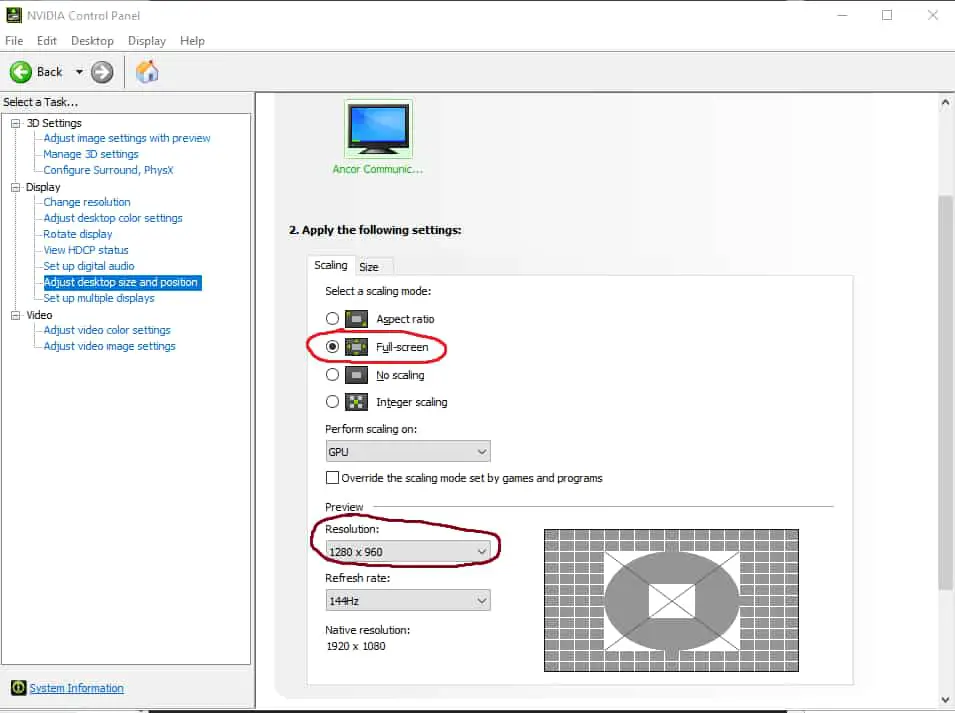
3. Launch Valorant and navigate to the settings by clicking the wheel icon on the top right hand of your screen.
Then navigate to the video section. Select the same resolution you chose in NVIDIA control panel and then select the “Fill” option.
1280×960 is my favorite stretched resolution because you get a very wide stretch which increases perceived target size, but you also retain a good sharpness and image quality.
Going for a lower resolution such as 1024×768 will make your game look more blurry.
IMPORTANT NOTE* When using low resolutions in Valorant, I recommend increasing your monitor sharpness to 100%.
This will fix the blurriness you will experience from a low resolution and it will feel as if you are playing 1920×1080.
Supported Resolutions for VALORANT
If you are playing on an unsupported Valorant resolution then you may experience blackbars, especially if you are on an ultrawide monitor.
This is when the sides of your monitor seem cropped off because the game does not fully fill your screen.
Here is a list of the supported resolutions:
4:3 ASPECT RATIO: 640×480, 800×600, 960×720, 1024×768, 1280×960, 1400×1050, 1440×1080, 1600×1200, 1856×1392, 1920×1440, and 2048×1536.
5:4 ASPECT RATIO: 1280 x 1024
16:9 ASPECT RATIO: 1024×576, 1152×648, 1280×720 (HD), 1366×768, 1600×900, 1920×1080 (FHD), 2560×1440 (QHD), 3840×2160 (4K), and 7680 x 4320 (8K)
16:10 ASPECT RATIO: 1280×800, 1440×900, 1680×1050, 1920×1200, and 2560×1600.
21:9 ASPECT RATIO: 2560×1080, 3440×1440, 5120×2160.
The Valorant Stretched Resolution Ban Debate
If you are playing on a low FPS such as 30FPS you are at an extreme disadvantage to players that are on 120+FPS.
Your game will be choppier, sluggish and have input delay compared to someone with smoother FPS.
Here is how to boost your valorant FPS.
Not everyone can afford a high end PC that can run Valorant on 120+FPS which is why lowering resolution for more FPS is important.
Especially if you are already playing on very low video settings.
Thankfully this option is still intact within Valorant, however using a 4:3 stretched resolution is not, why?
Riot’s 16:9 resolution lock in game was done with competitive integrity in mind. However, a change in resolution is completely preference.
Although it may be perceived to be a competitive advantage, it’s also an inherit competitive advantage for players that are comfortable on 16:9 compared to players that are only used to 4:3 resolutions.
If players are forced to get comfortable with a locked resolution, that is the same as players deciding if it’s worth getting comfortable to a stretched resolution if it were to be unlocked.
When everyone has access to the same tools, it comes to down to preference. For example both of the two best CS:GO players use different aspect ratios.
Zywoo uses 16:9 and s1mple uses 4:3.
These players outperform eachother on a regular basis.
A good player that is used to 4:3 has the advantage of bigger targets and a bigger crosshair, but faster moving targets and a faster game world.
A good player used to 16:9 has a wider FOV and slower targets, but slimmer perceived targets.
There really isnt a competitive advantage here.
If you sit far away from your monitor and it’s hard for you to see targets, then it would be ideal for you to consider using a stretched resolution to compensate.
If you have a slow reaction time when holding angles either resolution can work as 4:3 increases the size of the gaps and 16:9 decreases the speed of the target that peeks you.
The ability to utilise a custom resolution is purely a matter of personal preference, much like crosshair, minimap, sensitivity, video settings, monitor settings, and so on.
A 16:11 resolution strikes a good compromise between 4:3 model size and 16:9 model speed.
There is no competitive edge because everyone may change their resolution to whatever they want based on their peripherals, configuration, and preferences.
Custom resolutions are merely another option for gamers to increase their quality of life, and I don’t understand why they shouldn’t be permitted.
Players want to be in their comfort zone, and the best way to level the playing field is to enable everyone the freedom to change their settings, just like in other games.
It doesn’t give players an unfair edge, and it doesn’t appear to provide an insane advantage in competitive games like CSGO.
Forcing people to use a given sort of resolution is, in my opinion, equivalent to forcing them to use a specific crosshair.
They’re attempting to level the playing field for all participants.
Because players can’t pick a res that fits them, not enabling stretch res creates an unfair playing field. In CS:GO, not every pro plays 4:3.
Yes, many of them do since they’ve been playing for 10+ years and are accustomed to it, but there are younger players who prefer 16:9 or 16:10 and are among the greatest in the world.
There is no advantage, only a choice.
Another way to get an advantage is to use optimal gaming perihperals.
Just as anyone can wear whatever basketball shoe they like. Sports enable players to wear shoes that fit, so why can’t we play on a res that fits?
The only time resolution is mentioned in competitive CS:GO is when a 4:3 player does not see an enemy that is visible in the spectator camera which is on 16:9.
These instances are very rare but actually place a big disadvantage to the team with the player that suffers from that scenario.
Conclusion
There are many great Valorant resolutions to choose from, unfortunately some are disabled by default, but there are ways around this.
Personally I prefer using 4:3 1280×960 stretched because of the benefits of larger targets, thicker crosshair, but high enough image sharpness.
I recommend using a valorant aimlab playlist to get used to your new settings.
I personally think that 4:3 should be enabled in the Valorant settings to accommodate for the many CS:GO players that have spent thousands of hours on this comfort resolution of theirs.
Also read the top bourne movies in order.

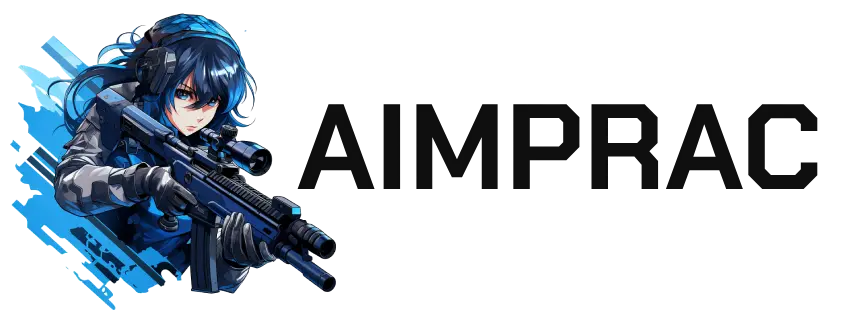


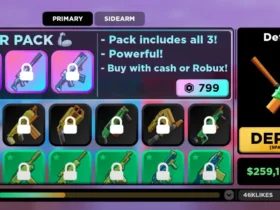
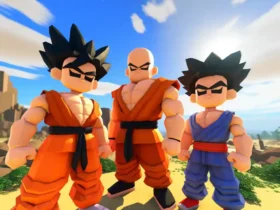
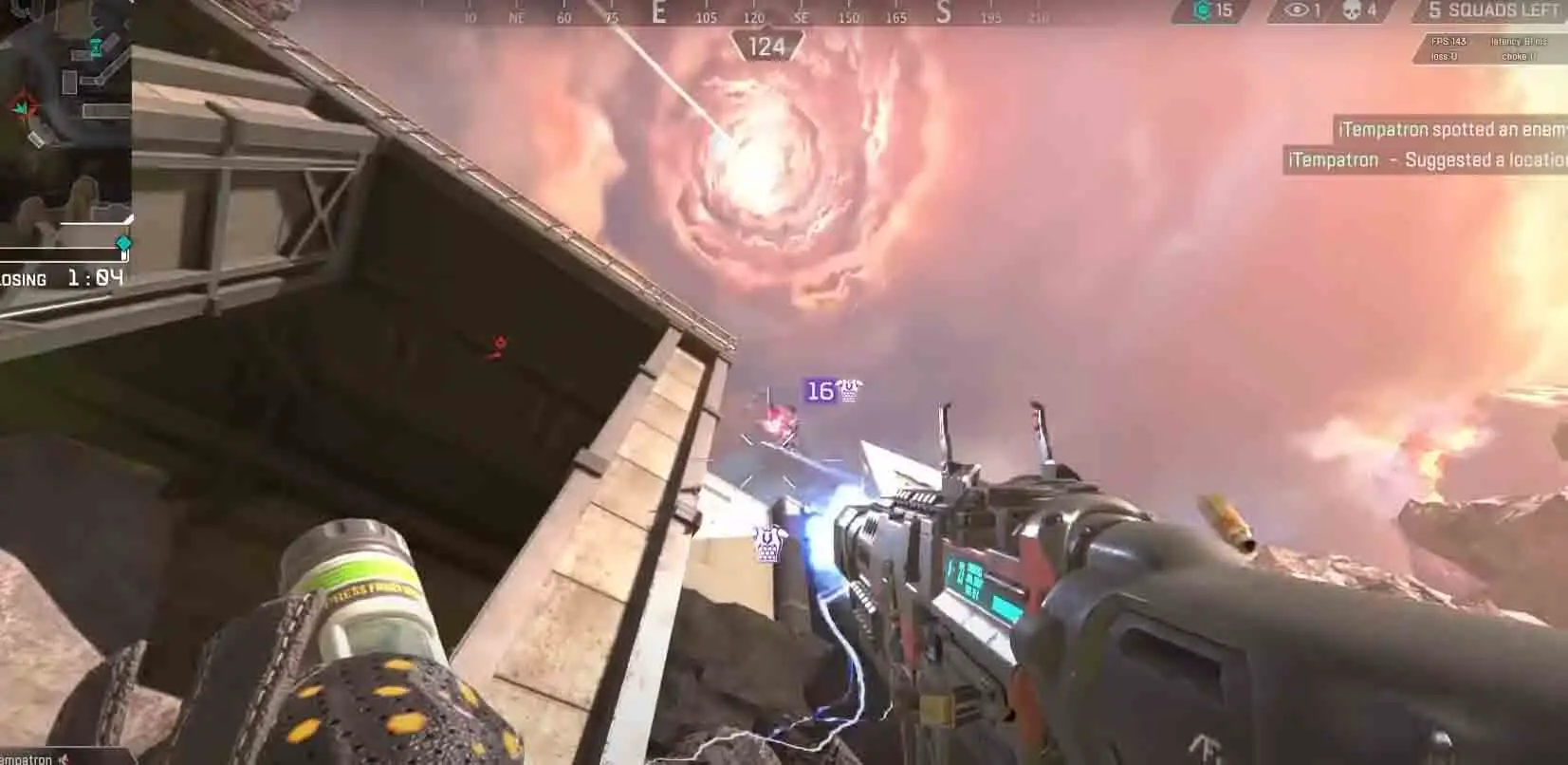

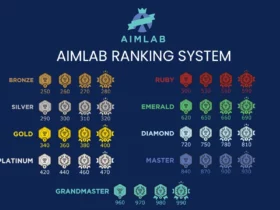
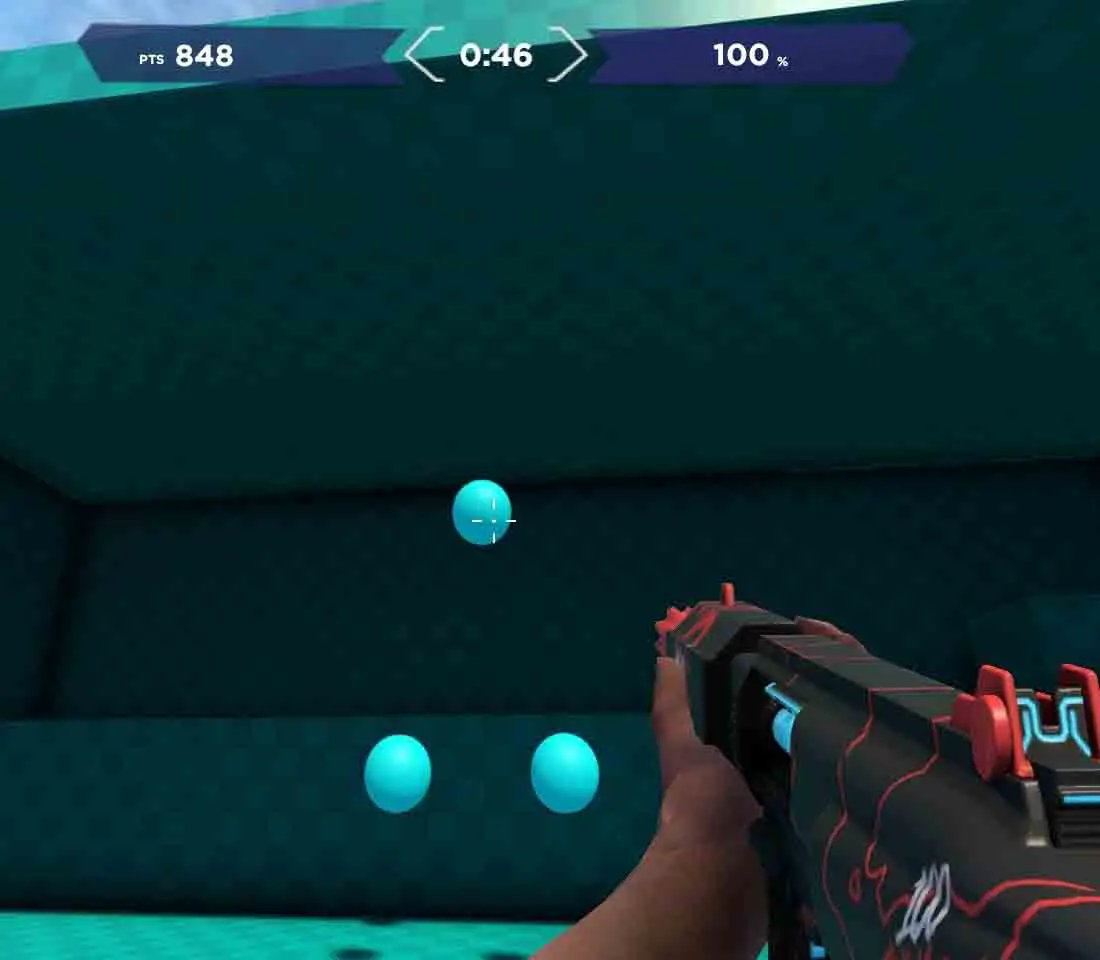
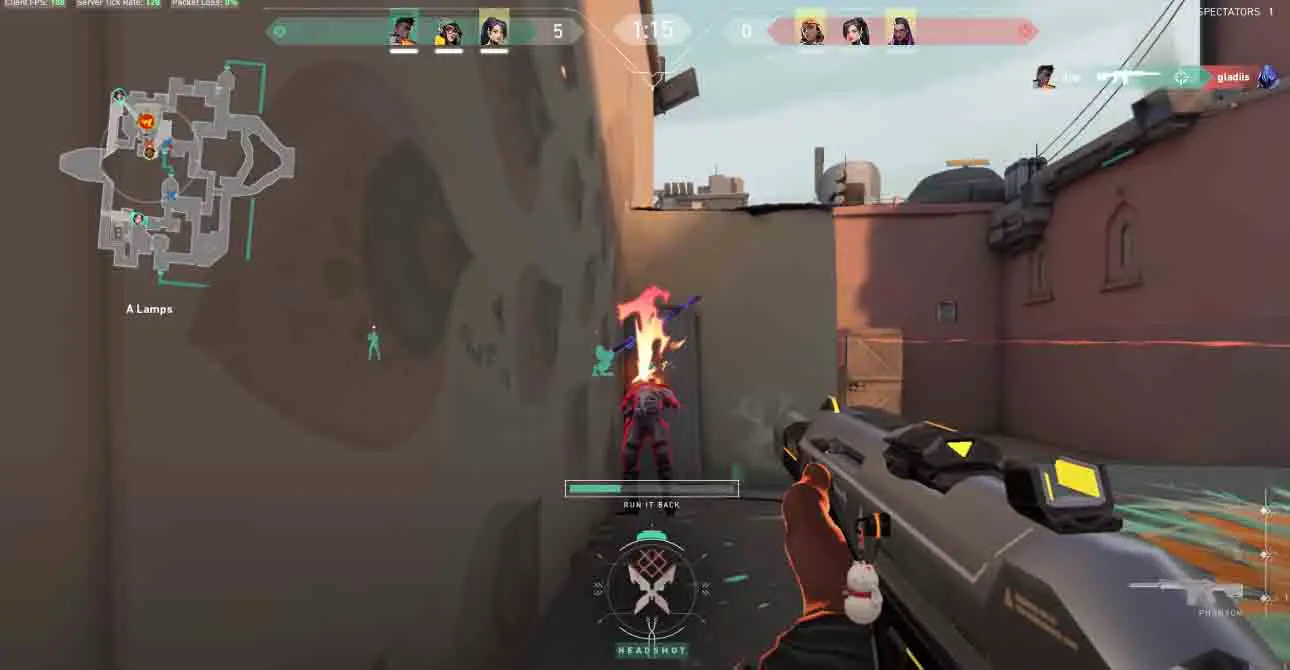
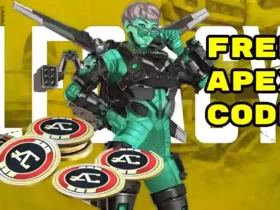
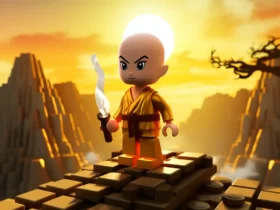
Leave a Reply